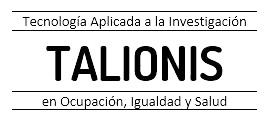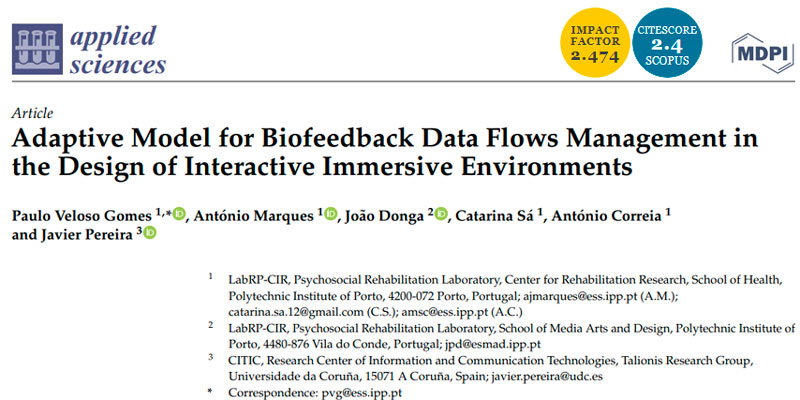The interactivity of an immersive environment comes up from the relationship that is established between the user and the system. This relationship results in a set of data exchanges between human and technological actors. The real-time biofeedback devices allow to collect in real time the biodata generated by the user during the exhibition. The analysis, processing and conversion of these biodata into multimodal data allows to relate the stimuli with the emotions they trigger. This work describes an adaptive model for biofeedback data flows management used in the design of interactive immersive systems. The use of an affective algorithm allows to identify the types of emotions felt by the user and the respective intensities. The mapping between stimuli and emotions creates a set of biodata that can be used as elements of interaction that will readjust the stimuli generated by the system. The real-time interaction generated by the evolution of the user’s emotional state and the stimuli generated by the system allows him to adapt attitudes and behaviors to the situations he faces.
Acceso al artículo
Gomes PV, Marques A, Donga J, Sá C, Correia A, Pereira J. Adaptive Model for Biofeedback Data Flows Management in the Design of Interactive Immersive Environments. Applied Sciences. 2021; 11(11):5067. https://doi.org/10.3390/app11115067

